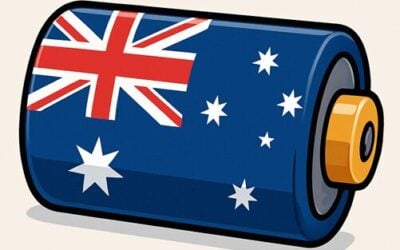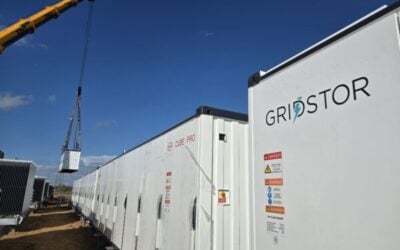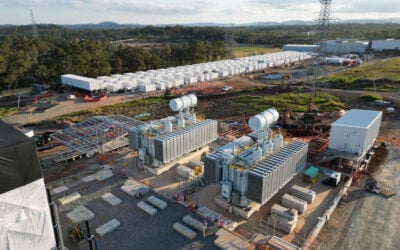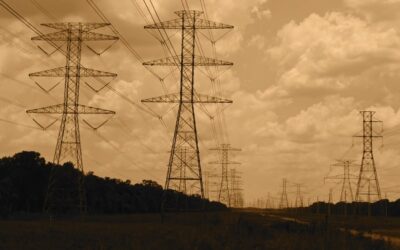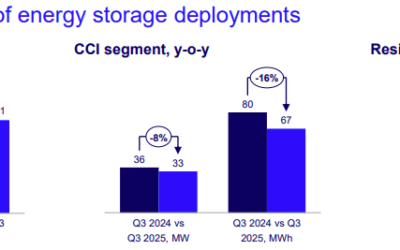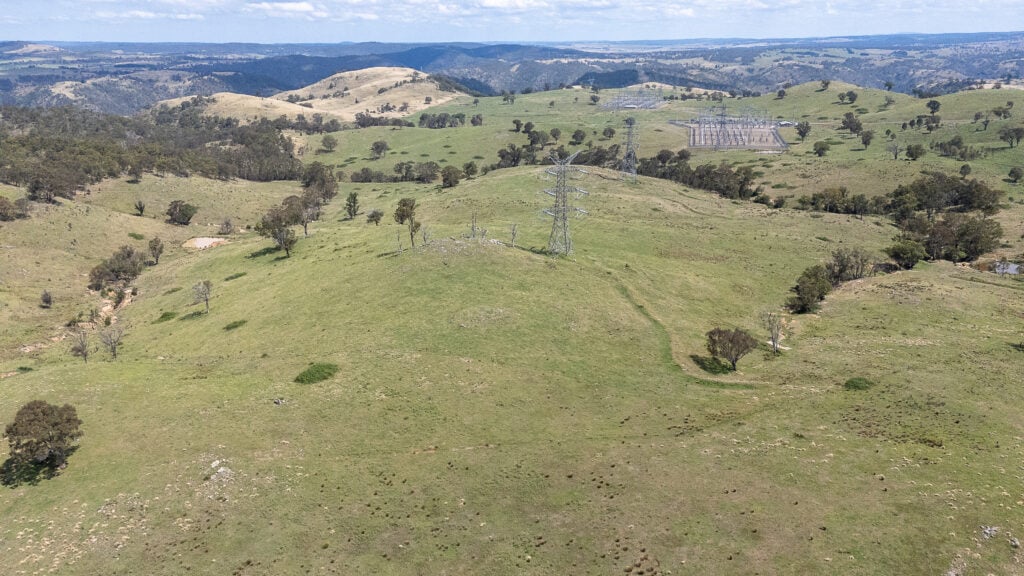
Renewable energy developer Ampyr Australia has secured Shell Energy Australia’s remaining stake in the 1GWh Wellington battery energy storage system (BESS) in New South Wales.
Ampyr Australia, the regional entity of which its parent company is backed by infrastructure investor Stonepeak, now has secured full ownership of the Wellington BESS, including stage one, a 300MWMW/600MWh BESS, and stage two, where an additional 100MW/400MWh 4-hour duration BESS will be added.
The two companies launched a joint venture in 2022 to develop the 1GWh Wellington BESS, which will connect to an existing substation of high-voltage transmission system operator and manager Transgrid at Wellington and be adjacent to Central-West Orana Renewable Energy Zone (REZ). This REZ recently increased in size, now enabling 7.7GW of renewable energy generation and energy storage to connect to it.
With Ampyr having secured the remaining stake in the project’s first stage and already owning 100% of its second stage, the organisation said it would accelerate the project’s development. Stage one of the site is expected to be energised in 2026, with the project’s second stage to follow in 2027.
Try Premium for just $1
- Full premium access for the first month at only $1
- Converts to an annual rate after 30 days unless cancelled
- Cancel anytime during the trial period
Premium Benefits
- Expert industry analysis and interviews
- Digital access to PV Tech Power journal
- Exclusive event discounts
Or get the full Premium subscription right away
Or continue reading this article for free
Ampyr Australia CEO Alex Wonhas said he was grateful for Shell’s contributions to the Wellington BESS and excited about accelerating its development.
“Reliable, cost-competitive electricity is a cornerstone of Australia’s economic growth. Ampyr’s mission is to enable Australia’s future industries to benefit from the clean energy transition,” Wonhas added.
As previously reported by Energy-Storage.news, the battery system will help integrate variable renewable generation from solar PV and wind and provide network-balancing services like frequency regulation.
The BESS could also provide a buffer to ensure system security in the event of power surges or other disruptions, much like the Waratah Super Battery, also in New South Wales, which was called upon in November 2024 to prevent widespread blackouts in the state.
It is worth noting that Ampyr Australia is targeting an operational portfolio of 3GW of energy storage in the country by 2030. Its Singapore-headquartered parent company, Ampyr Energy, is developing around 12GW of projects globally.
1GWh+ energy storage projects being developed in New South Wales
New South Wales remains an investable state for large-scale energy storage facilities like the Wellington BESS and the Waratah Super Battery.
Alongside these sites, more 1GWh+ projects are being developed in the state. Perhaps one of the most well-known of these is Australian utility Origin Energy’s 2.8GWh Eraring BESS, which is being developed at the site of the existing black coal-fired power plant.
The first stage of the Eraring BESS, which recently became Australia’s largest approved system following approval of a third stage, was delivered by Finnish marine and energy technology group Wärtsilä. The group is also contracted to provide the second and third stages of the project.
Another 1GWh BESS is in development to the west of Port Macquarie at Stoney Creek. Energy storage integrator Energy Vault recently inked a partnership with Enervest Group to supply the system.
Elsewhere, Australian energy major AGL Energy is exploring a 500MW/2,000MWh BESS within the Tomago Industrial Estate northwest of the state’s second-largest city, Newcastle, whilst developer Squadron Energy is seeking to build an 8-hour duration 1,200MWh co-located with a 300MW wind project.
Several approved energy storage projects are located within 50km of Squadron’s proposed site. These include the 1.5GW Yanco Delta wind-plus-storage project, which Origin Energy acquired in April 2024.

